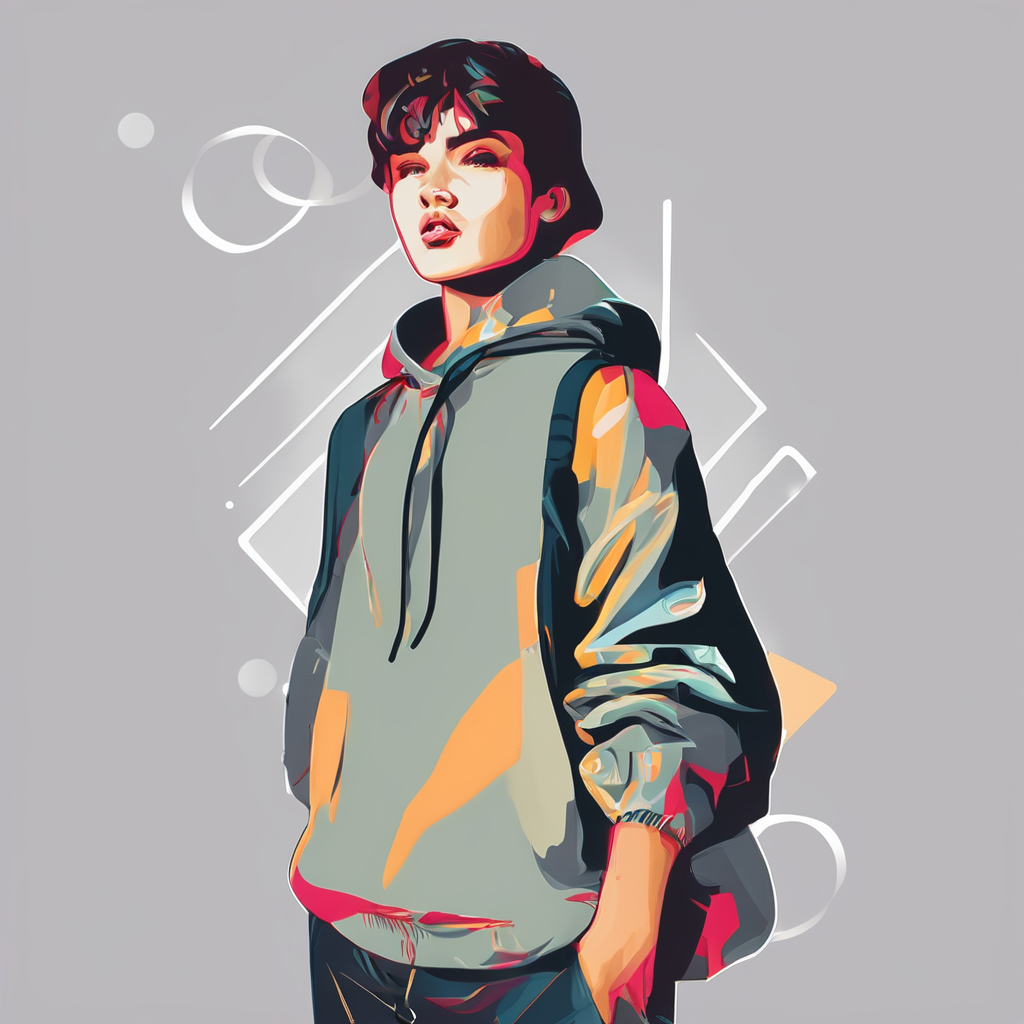Overview of British Fashion Trends
British fashion has long been a beacon of influence, showcasing a dynamic evolution of women’s style. Significant movements have shaped the tapestry of fashion, with historical shifts breathing new life into what’s considered stylish.
Starting from the Victorian era, where modesty and structured elegance dominated, British fashion made a considerable leap during the swinging sixties. Key designers like Mary Quant brought forth the youthful rebellion, introducing iconic pieces such as the mini skirt, which revolutionized women’s wardrobes. This period marked a departure from traditional norms, embracing bold, new aesthetics that resonated with the youth.
Additional reading : Exploring the impact of historical uk women’s fashion on today’s trends
The punk movement in the late 1970s, spearheaded by the likes of Vivienne Westwood, further highlighted a distinct shift by championing unconventional fashion. This era brought about an edginess that significantly impacted personal expression through clothing.
In the realm of culture, the late 1990s saw the rise of ‘Cool Britannia’, which seamlessly intertwined music and fashion. This was a time when cultural shifts profoundly influenced how women dressed, as Britpop bands informed youth culture and thus, fashion choices across the globe.
Also read : Exploring the impact of uk’s women’s fashion evolution on tomorrow’s sustainable trends
Cultural shifts have always played a pivotal role in fashion evolution. As societal norms change, often driven by socio-political influences, the fashion industry responds either by breaking conventions or redefining elegance—resulting in a rich tapestry of styles that reflect the complex layers of British style evolution.
Influence of British Fashion on Women’s Personal Style
British fashion has left an indelible mark on personal style choices worldwide, offering distinctive elements that many women incorporate into their wardrobes. From the elegance of tailored suits to the eclectic charm of patterned dresses, British influences are pervasive and diverse.
Case Studies of British Trend Adoption
Several women, eager to embrace these trends, often look to iconic looks from British fashion influences. Take for example, the Duchess of Cambridge’s sartorial choices, which have inspired many to opt for polished and timeless outfits. These case studies highlight how British fashion has seamlessly integrated into diverse personal styles, providing a template for those seeking elegance with a modern twist.
The Fashion Icon Connection
The relationship between fashion icons and personal style cannot be overstated. Icons like Cara Delevingne and Kate Moss have not only dictated trends but also elevated British style on a global scale. By embodying both high fashion and streetwear, they exemplify how individual style choices can reflect broader trends yet remain unique to the wearer.
Regional Variations in British Fashion Adoption
The adoption of British fashion trends varies regionally, with some areas gravitating towards traditional British staples, while others experiment with a fusion of local and British influences. Urban centers might embrace contemporary British streetwear, whereas rural areas might lean towards classic, practical pieces. This regional diversity showcases the versatility and universal appeal of British fashion, proving its ability to meld with and enhance personal style across different cultures and environments.
Insights from Fashion Experts
In the ever-evolving landscape of British fashion, insights from fashion experts provide invaluable perspectives. These professionals offer a deep understanding of the industry, shedding light on both the current state and future directions of women’s fashion trends. Through their expert lenses, the interplay of historical context and modern innovation becomes clear.
Expert Interviews and Quotes
Engaging with fashion experts reveals the nuances of the field. Quotes from industry leaders often highlight ongoing transformations within British fashion trends. For instance, they may discuss the influence of digital technology and how it allows for more personalized style evolution. Expert interviews can demystify complex trends, providing clarity on what truly drives fashion change.
Fashion Predictions and Trends
The foresight offered by experts uncovers potential directions women’s personal style might take. Innovations in sustainable fashion, as well as a return to vintage influences, frequently feature in these predictions. By understanding expert forecasts, one can anticipate which British fashion trends will rise to prominence and how they might be incorporated into everyday wear.
Impact of Social Media on Style Choices
Social media plays a pivotal role in shaping modern fashion trends. Through platforms like Instagram, fashion experts and enthusiasts alike share and spread new styles rapidly. This immediate dissemination of trends allows for a broader influence across global personal style choices, affirming the importance of digital media in the fashion sphere.
Cultural and Economic Factors in Fashion Trends
British fashion trends are often sculpted by a rich blend of cultural and economic factors, showcasing the interplay between heritage and innovation. The cultural impact of Britain on fashion is profound, with its historical backdrop and iconic designers consistently influencing women’s style.
British culture has had a significant influence on women’s fashion, offering a mix of traditional and avant-garde elements. Cultural events and movements, like the opulence of the Royal Family or the rebellious punk era, have continuously shaped fashion choices. These cultural touchpoints contribute to the unique flair and adaptability of British fashion, allowing it to remain relevant through various style eras.
Economically, fashion trends generate substantial impacts both locally and globally. As Britain continues to host dynamic fashion weeks and foster innovative design talents, the economic ripple effects are tangible in international markets. The fashion industry is a major contributor to the UK’s economy, illustrating how fashion is not merely an aesthetic pursuit but a vital sector driving economic growth.
The socio-political context in Britain also plays a crucial role in the evolution of fashion trends. Political climates and societal shifts can redefine what is deemed fashionable, influencing designers to create collections that reflect these changes. This dynamic relationship ensures that British fashion consistently resonates with contemporary issues, providing a lens through which cultural and economic narratives are communicated through style.
Evolution of Trends Over Time
The evolution of British fashion trends is a captivating journey marked by historical milestones that have continuously redefined style. Significant fashion movements have left lasting imprints on women’s clothing, illustrating a rich tapestry of change and innovation. The Victorian era, with its focus on modesty and structure, paved the way for more revolutionary shifts like the rebellious 1960s, which featured audacious styles such as the mini skirt. These key changes in fashion reflect broader societal transitions and cultural upheavals.
Throughout history, the cyclical nature of fashion trends has been evident. Styles from the past often experience resurgences, appearing in modern collections while being reinterpreted to fit contemporary tastes. This cycle ensures that elements of British fashion, albeit updated, remain relevant today. For instance, the mod aesthetics of the swinging sixties have influenced current minimalist fashion movements, showcasing the enduring appeal of past trends.
Contemporary issues, such as sustainability and diversity, have also begun to steer the current style landscape. As society increasingly values environmental consciousness, the fashion industry is responding with eco-friendly innovations. Additionally, there’s a greater push for inclusivity, leading to clothing designs that embrace a wider range of body types and cultural backgrounds. These modern concerns infuse traditional British style with new vitality, ensuring its relevance in today’s fashion narrative.


